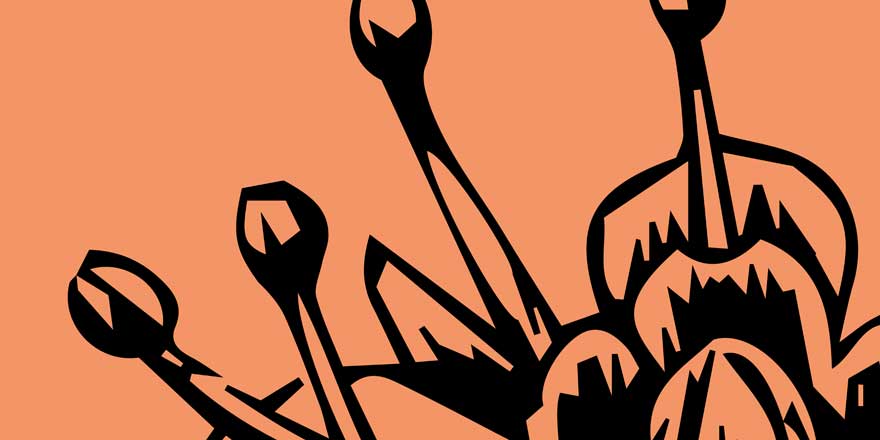
Shelfmarks with Siobhán Mannion
18 November 2021In episode 5 of Shelfmarks, Zoë Comyns explores the myth of Cessair and Fintan mac Bochra from the Leabhar Gabhála.
Shelfmarks is a podcast by the Royal Irish Academy podcaster-in-residence Zoë Comyns. Every other week Zoë will sift through the Academy collection for Shelfmarks (biographies, manuscripts, books and reference from the collection) and invite a guest writer to discuss their own relationship with the natural world. Writers include Amanda Bell, Kerri Ní Dhochartaigh, Manchán Magan, Siobhán Mannion, Jane Clarke and Neil Hegarty. Each writer has been specially commissioned to write pieces exploring their own relationship with nature.
Shelfmarks goes live on Sundays and episodes are available on SoundCloud, Spotify and Apple Podcasts.
In this episode of Shelfmarks, Zoë explores the myth of Cessair and Fintan mac Bochra from the Leabhar Gabhála (The Book of Invasions / The Book of the Taking of Ireland). In the myth Cessair is the grand-daughter of Noah and daughter of Bith. Bith is refused passage on The Ark and so Cessair builds three ships to seek out a new land. Each ship is crewed by fifty women. During the seven year journey two of the ships sink but the third containing Cessair, fifty women, her husband Fintan, her father Bith and her brother Ladra arrive in Ireland. She takes the first step on Irish soil. Zoë explores this myth, the taking of Ireland and how becoming at one with the natural world becomes essential to survival.
As part of this podcast writer Siobhán Mannion writes a fictional account of this first step and what Ireland might have looked like to Cessair and her crew. Zoë also takes a walk across Dublin city with Siobán to discuss her relationship with nature, walking, writing and routine.
Siobhán Mannion’s stories and essays have appeared in Irish and international publications including Granta, Winter Papers, Banshee, Eighteen Bridges, Stand, The Moth, The Long Gaze Back: An Anthology of Irish Women Writers and Galway Stories: 2020. She has written plays and non-fiction pieces for radio, and her work has appeared in translation. Her honours include an Arts Council Literature Bursary, a MacDowell fellowship, two Hennessy Awards, and two New York Festivals Radio Awards. She lives in Dublin, where she worked for many years as a radio producer in RTÉ and is now completing a collection of stories.
'The Book of Invasions’ (‘Leabhar Gabhála’) is not the name of a specific manuscript. Rather it is an origin legend of the Irish people that exists in many variant versions, in poetry and prose. The origins of the tradition can be traced to the seventh century, although the earliest surviving manuscripts are much later. The story was extensively reworked in verse form in the eleventh and twelfth centuries. Over time, prose versions were derived from the poetry, and additional historical material was added. It was revised again in the seventeenth century by the team of historians known as the Four Masters. It continued to be accepted as a plausible story of the settlement of people on the island of Ireland long after that.' Find out more about 'Leabhar Gabhála'.



